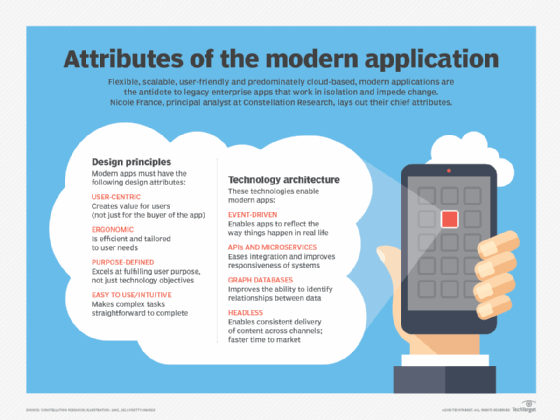So you’re wondering, is an app considered a software? Well, let’s clear things up. An app, short for application, is indeed a type of software. In today’s digital age, apps have become an integral part of our daily lives – they’re the little programs residing on our smartphones and tablets that allow us to do everything from arranging transportation to staying connected with friends. But what exactly sets an app apart from other types of software? Stay with me as we explore the nuances and intricacies of this technological phenomenon.
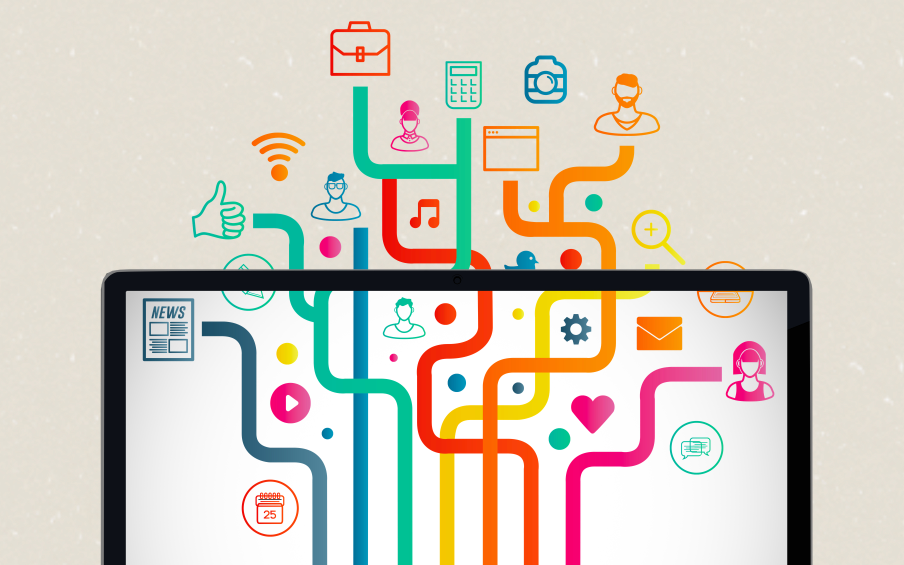
This image is property of tateeda.com.
Definition of Software
Different interpretations of the term
When it comes to understanding software, there are various interpretations of the term. Broadly speaking, software refers to a set of programs, data, or instructions that enable the functioning and operation of electronic devices. It is the intangible part of a computer system that allows users to perform specific tasks or functions. Software can be classified into several categories, including system software, application software, and programming software.
Basic characteristics of software
Software possesses certain fundamental characteristics that distinguish it from other components of a computer system. One key characteristic is its intangibility. Unlike hardware, which comprises physical elements, software exists as lines of code, algorithms, and instructions. Additionally, software is malleable and can be easily modified or customized to suit different requirements. It is also highly scalable, meaning it can accommodate a range of hardware and user needs. Finally, software is dynamic, as it can be regularly updated and improved to enhance functionality and address bugs or security vulnerabilities.
Understanding Apps
Definition of an app
An app, short for application, is a type of software designed specifically for mobile devices, such as smartphones and tablets. Unlike traditional software, which can run on a variety of platforms, apps are tailored to function within the constraints and capabilities of a specific operating system. They are typically downloaded from digital marketplaces, such as the Apple App Store or Google Play Store, and installed directly onto the device. Apps offer users a focused and convenient way to access and interact with various services, features, or content.
Key features of an app
Apps possess several key features that distinguish them from other types of software. Firstly, they are highly user-centric, with intuitive interfaces and simplified functionalities. Apps are designed to deliver a seamless and optimized user experience, often leveraging gestures, touchscreens, and mobile-specific features, such as location services or push notifications. Secondly, apps frequently leverage the device’s built-in hardware capabilities, such as the camera, gyroscope, or accelerometer, to offer unique functionalities or services. Finally, apps are typically developed for specific platforms, such as iOS or Android, ensuring compatibility and optimal performance within the corresponding operating system ecosystem.
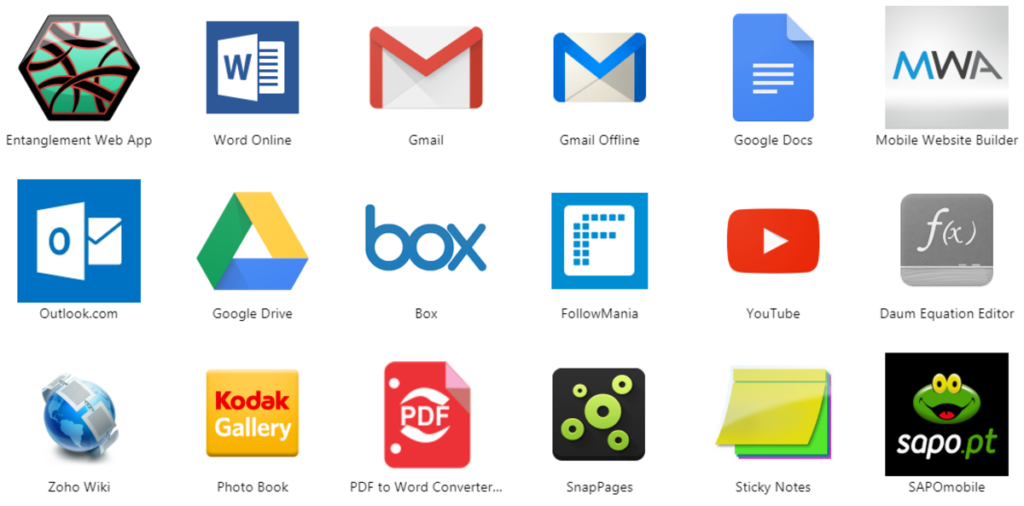
This image is property of images.saymedia-content.com.
Relationship Between Apps and Software
Apps as a subset of software
While all apps can be considered software, not all software can be classified as apps. Apps are a specific subset of software, designed to cater to the specific features and user experience provided by mobile devices. In contrast, software encompasses a broader range of programs and applications that can run on various platforms, including desktop computers, web browsers, and servers. Therefore, all apps can be classified as software, but not all software can be classified as apps.
Comparison of apps and traditional software
When comparing apps to traditional software, several notable differences arise. Firstly, apps are typically designed for a specific platform or operating system, whereas traditional software can be platform-independent and run on different operating systems, such as Windows, macOS, or Linux. Secondly, the development process for apps often involves adhering to stricter guidelines and standards set by the respective app stores, ensuring quality, security, and compatibility. Traditional software development, on the other hand, may have more flexibility and freedom in terms of design and functionality. Additionally, apps often leverage mobile device features and sensor data, providing unique functionalities that traditional software may not possess.
Types of Apps
Mobile apps
Mobile apps are perhaps the most well-known and widely used type of apps. As the name suggests, these apps are developed specifically for mobile devices, such as smartphones and tablets. They encompass a vast range of functionalities and purposes, including communication, social media, entertainment, productivity, gaming, and more. Mobile apps are designed to provide users with a seamless experience optimized for small screens, touch input, and on-the-go usage. Popular examples of mobile apps include Instagram, Facebook, Spotify, Uber, and WhatsApp.
Web apps
Web apps, also known as browser-based apps or online applications, are accessed through web browsers and do not require installation on the user’s device. These apps are typically written in web languages such as HTML, CSS, and JavaScript and are hosted on remote servers. Web apps offer the advantage of compatibility across different platforms and devices, as they only require a compatible web browser to function. Examples of web apps include Google Docs, Trello, Netflix, and Gmail.
Desktop apps
Desktop apps, also referred to as native or standalone applications, are specifically developed to run on desktop or laptop computers. Unlike mobile or web apps, desktop apps are typically installed directly onto the user’s device, granting them access to a range of system resources and offline functionality. These apps are developed using programming languages such as Java, C++, or .NET and can harness the power of the desktop hardware for more resource-intensive tasks. Popular examples of desktop apps include Microsoft Office Suite, Adobe Photoshop, Spotify (desktop version), and video games like World of Warcraft.
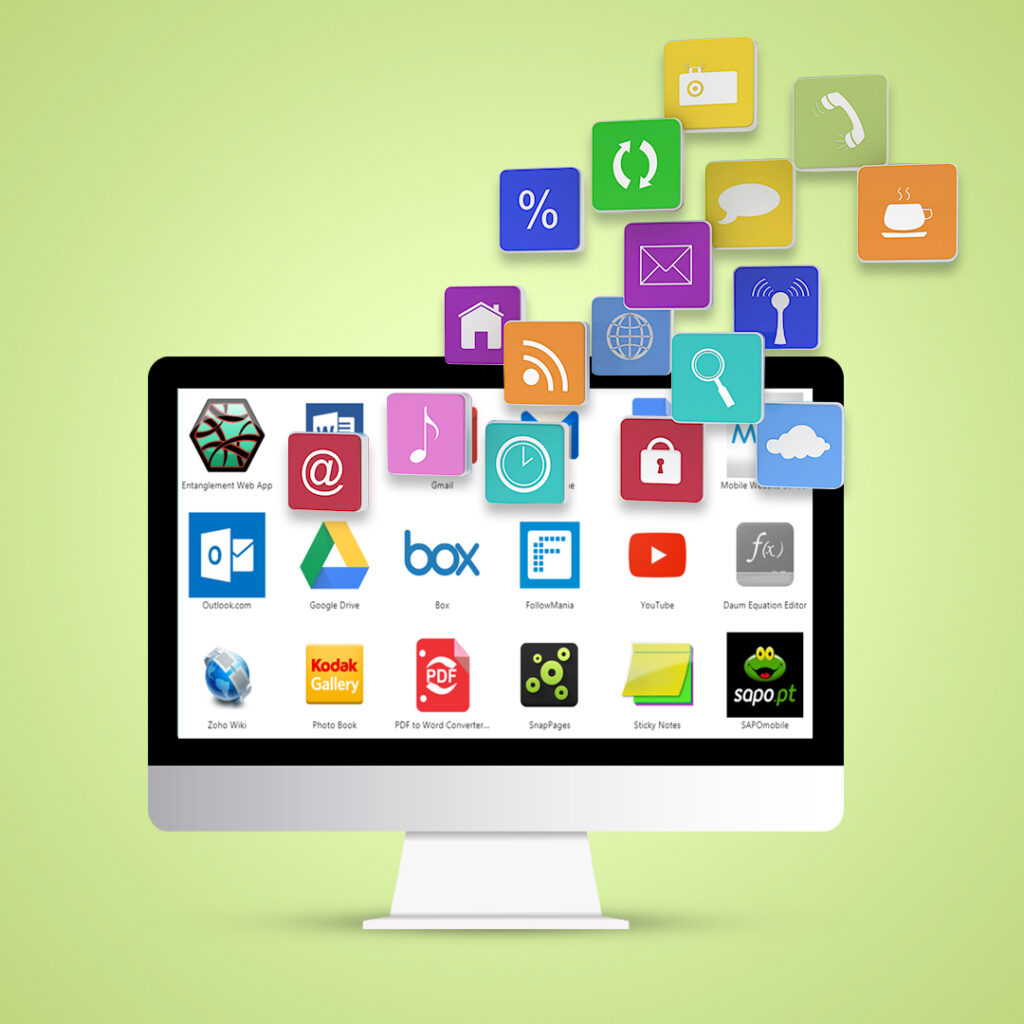
This image is property of www.bridge-global.com.
Software Development Process
Steps involved in software development
Software development follows a standardized process consisting of several key steps and phases. While different methodologies exist, the general software development process typically includes the following stages:
1. Requirements Gathering: This phase involves understanding and documenting the desired functionality and goals of the software, defining user requirements, and identifying any constraints or limitations.
2. Design: During the design phase, the software architecture and structure are defined. This includes creating system models, database schemas, and user interface designs.
3. Development: The development phase brings the software to life, implementing the design specifications using programming languages, frameworks, and development tools. Developers write code, create algorithms, and integrate different components of the software.
4. Testing: Once development is complete, thorough testing is performed to identify and rectify any bugs, errors, or inconsistencies. This includes unit testing, integration testing, and system testing to ensure the software functions as intended.
5. Deployment: The deployment phase involves making the software ready for use by deploying it on servers, computers, or devices. This may involve configuring servers, installing necessary dependencies, and ensuring compatibility.
6. Maintenance: After deployment, the software requires ongoing maintenance and support. This includes addressing user feedback, providing updates, bug fixes, and implementing security patches to ensure the software remains functional and secure.
Coding and deployment
The development phase of software typically involves coding, which is the process of writing the instructions, logic, and algorithms that define the behavior and functionality of the software. Developers use programming languages such as Java, Python, C++, or JavaScript to write code. The code is usually written in a text editor or an integrated development environment (IDE) and then compiled or interpreted to produce the executable software. Once the development phase is complete, the software is ready for deployment, which involves making it accessible to users by installing it on appropriate platforms or making it available for download.
App Development Process
Unique considerations in app development
App development introduces certain unique considerations compared to other types of software development. Firstly, developers must consider the specific platform requirements and guidelines set by app store providers, such as Apple or Google. These guidelines ensure the app meets the standards for performance, security, design, and user experience. Secondly, due to limited screen space and the tactile nature of mobile devices, app development often requires more attention to user interface design and usability. Developers must ensure the app is visually appealing, intuitive to navigate, and responsive to user input.
App design and testing stages
Similar to the overall software development process, app development also involves design and testing stages. During the design stage, the app’s user interface (UI) and user experience (UX) are meticulously planned and designed. This involves creating wireframes or prototypes to visualize the app’s layout, navigation flow, and features. Developers also consider factors such as color schemes, iconography, and typography to create a visually pleasing and cohesive design.
In the testing stage, developers conduct rigorous testing to ensure the app functions as intended and meets the desired standards. This includes testing for compatibility across different devices, screen sizes, and operating system versions. Additionally, rigorous testing is carried out to detect and rectify any bugs, glitches, or performance issues. Common types of app testing include functional testing, performance testing, usability testing, and security testing.
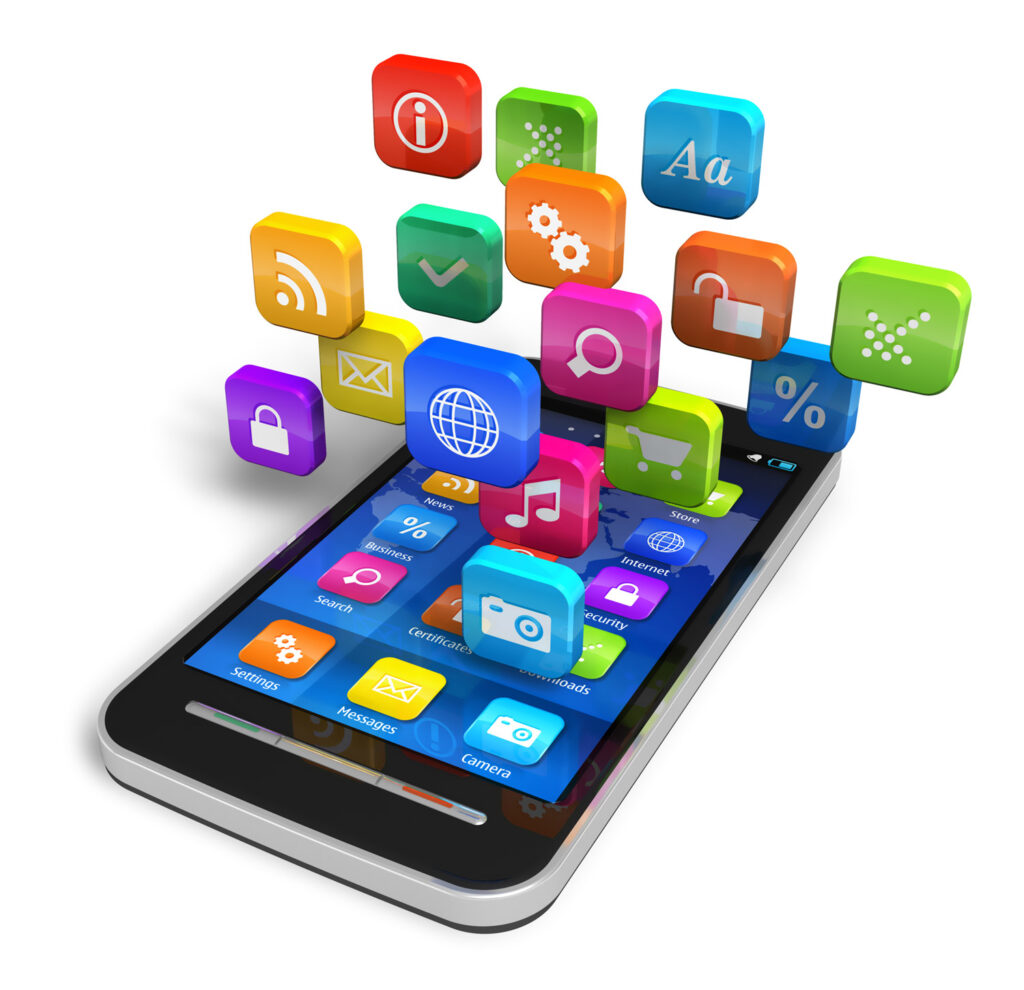
This image is property of americanprofile.com.
App versus Software Development
Different skill sets and tools required
App development and traditional software development require different skill sets and tools. App developers need to have expertise in specific programming languages, frameworks, and software development kits (SDKs) related to the targeted mobile operating system, such as Java or Kotlin for Android or Swift for iOS. They also need to be familiar with app-specific UI/UX design principles and mobile device capabilities.
On the other hand, traditional software development may involve a broader range of programming languages, depending on the chosen platform. Developers may require skills in languages like C++, C#, Java, Python, or JavaScript, depending on the nature of the software. Additionally, traditional software developers may need to have knowledge of database management systems, networking protocols, and other relevant technologies.
Complexity and scope of projects
The complexity and scope of app development projects often differ from traditional software development. App development is often characterized by shorter development cycles, rapid iterations, and frequent updates due to the evolving nature of mobile platforms and user expectations. The focus is typically on providing a streamlined user experience within the constraints of a mobile device.
Traditional software development projects, on the other hand, can often be more complex and encompass broader functionalities. They may require extensive database management, enterprise integrations, or complex algorithms. The development cycles are often longer, with a greater emphasis on upfront planning, comprehensive testing, and scalability to handle larger volumes of data or users.
Distribution and Access
Distribution channels for apps and software
Apps and software differ in terms of distribution channels, especially when it comes to apps’ availability on mobile devices. Apps are primarily distributed through digital marketplaces, such as the Apple App Store and Google Play Store. These marketplaces provide a convenient and centralized platform for users to discover, download, and update apps. The app stores also serve as gatekeepers, ensuring the apps meet quality, security, and compatibility standards before being made available to the public.
Traditional software distribution may vary. It can involve physical distribution through DVDs or USB drives, online distribution through software vendors’ websites, or even direct installation from a local network. However, the trends in traditional software distribution are shifting towards digital platforms, with software vendors incorporating online marketplaces or subscription-based services to distribute software.
Updates and maintenance
Both apps and software require updates and maintenance to ensure optimal performance and address evolving user needs. Apps typically offer seamless updates through app stores, which prompt users to install the latest version. This ensures users benefit from bug fixes, security patches, and new features. Updates may also be necessary to maintain compatibility with new operating system versions or device functionalities.
Traditional software maintenance varies depending on the distribution method. If the software is distributed physically, users may need to manually download and install updates or visit the software vendor’s website to obtain the latest version. However, many traditional software vendors are shifting towards automatic updates or incorporating online update mechanisms to streamline the process. Maintenance for both apps and traditional software involves addressing user feedback, monitoring performance, and ensuring compatibility with new technologies.
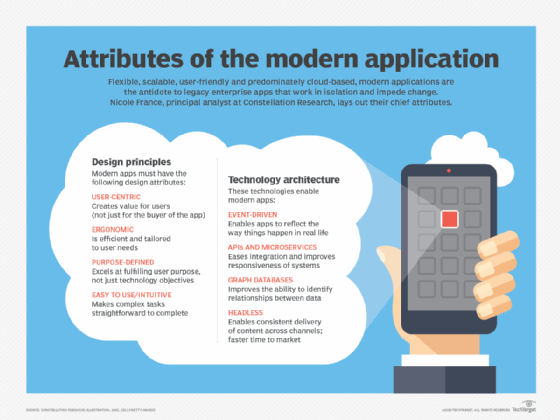
This image is property of cdn.ttgtmedia.com.
Business Models
Monetization strategies for apps
Apps offer a diverse range of monetization strategies for developers to generate revenue. Some popular approaches include:
1. Paid Apps: Developers charge users an upfront fee to download and access their app.
2. In-App Purchases: This model allows developers to offer the app for free while generating revenue through in-app purchases, such as virtual goods, premium features, or subscriptions.
3. Freemium: The app is available for free, but certain features or functionalities require an upgrade or subscription.
4. Advertisements: Developers monetize apps through displaying targeted advertisements to users, generating revenue from ad impressions or clicks.
5. Sponsorships or Partnerships: Developers form partnerships with brands or businesses to promote products or services within the app in exchange for financial support.
Software licensing and pricing models
Traditional software often follows different licensing and pricing models, depending on the intended usage and target market. Some common models include:
1. Perpetual licensing: Customers purchase a license to use the software indefinitely. This may involve a one-time fee or recurring payments for support and updates.
2. Subscription model: Users pay a recurring fee, usually monthly or annually, to access the software and receive updates and support.
3. Enterprise licensing: For organizations, software vendors offer specialized licensing agreements tailored to the unique requirements of businesses, such as volume-based licensing, site licensing, or concurrent user licensing.
4. Open-source software: Some software is distributed with an open-source license, allowing users to access, modify, and distribute the software freely. Developers may rely on donations or other revenue streams, such as providing additional services or support, to sustain development.
Evolution and Trends
Evolution of apps and software
Apps and software have both evolved significantly over the years. The introduction and widespread adoption of smartphones and tablets revolutionized the way people interact with technology, leading to the rapid growth of mobile apps. The rise of app stores and mobile operating systems created new opportunities for developers to reach a global audience and monetize their creations. Simultaneously, traditional software has also progressed, with advancements in programming languages, development tools, and frameworks enabling developers to create more sophisticated and diverse software solutions.
Emerging trends in app development and software industry
Several emerging trends are shaping the future of app development and the software industry as a whole:
1. AI and Machine Learning: The integration of artificial intelligence (AI) and machine learning (ML) technologies is revolutionizing both apps and software. These technologies enable enhanced personalization, automation, and intelligent decision-making capabilities, opening up new possibilities for user experiences and efficiency.
2. Internet of Things (IoT): The proliferation of connected devices and IoT technologies presents opportunities to develop apps and software that interact seamlessly with various smart devices, creating a more interconnected and intelligent ecosystem.
3. Cross-platform Development: As the number of mobile operating systems and device platforms continues to expand, cross-platform development frameworks, such as React Native and Flutter, are gaining popularity. These frameworks enable developers to build apps that can run across multiple platforms with a single codebase, reducing development time and costs.
4. Cloud Computing: The adoption of cloud computing has transformed the way software is developed, deployed, and accessed. Cloud-based solutions offer scalability, flexibility, and ease of access, enabling developers to build and deliver software more efficiently.
In conclusion, while all apps can be classified as software, not all software can be considered apps. Apps are a specific subset of software developed for mobile devices, offering user-centric experiences and leveraging mobile-specific features. The development processes for apps and software differ in terms of skill sets, tools, and project scope. Distribution and access also vary, with apps predominantly distributed through app stores and software employing various channels. Both apps and software require maintenance and offer a range of monetization strategies. As technology continues to evolve, apps and software are embracing emerging trends, such as AI, IoT, cross-platform development, and cloud computing, to shape the future of the industry.
